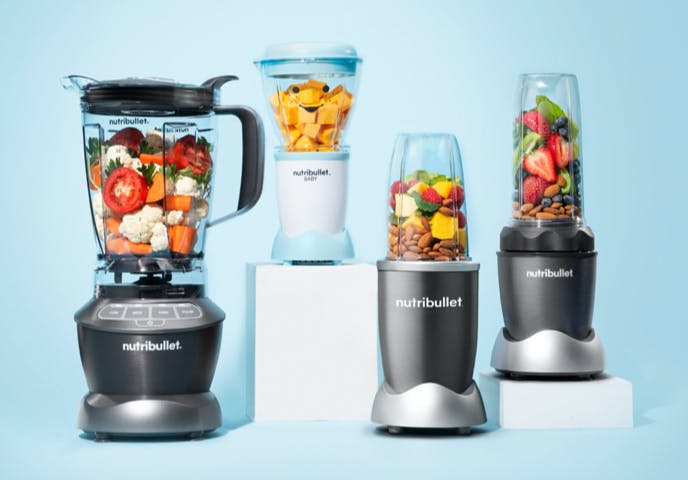For many people with diabetes, carb counting is everything. But not all carbs are created equal! A powerful tool that can help you balance your body’s response to different carbohydrates and keep your blood sugar levels more stable is a tool known as the Glycemic Index.
According to the American Diabetes Association, the Glycemic Index, or GI, measures how certain foods affect blood glucose levels. Foods are ranked based on how they compare to a reference food, usually either glucose or white bread. The lower their rank on the Glycemic Index, the more diabetic-friendly they are.
Below are examples of foods and their ranking on Glycemic Index:
Low GI Foods (55 or less)
- 100% stone-ground whole wheat and pumpernickel bread
- Oatmeal (rolled or steal-cut), oat bran, and muesli
- Pasta, converted rice, barley, and bulgur
- Sweet potato, corn, yam, lima beans, peas, legumes, and lentils
- Non-starchy vegetables, carrots, and certain fruits (berries)
Medium GI Foods (56-69)
- Whole wheat, rye, and pita bread
- Quick oats
- Brown, wild or basmati rice, and couscous
High GI Foods (70 or more)
- White bread and bagels
- Corn flakes, puffed rice, bran flakes, and instant oatmeal
- Short grain white rice, rice pasta, macaroni and cheese mix
- Russet potatoes, pretzels, rice cakes, popcorn, saltine crackers, melons, and pineapples
Most fruits are low glycemic, with the exception of melons, pineapples, and a handful of other fruits. However, the riper the fruit is, the higher the GI. The same applies to vegetables. Also, foods that are highly processed or have longer cooking times tend to have higher GI.
Ultimately, you want to eat a diet filled with nutritious foods that are low on the Glycemic Index to keep your blood sugar from rising too much. If you opt for a high glycemic food, balance it out with a low glycemic food. While the GI helps you fine-tune your carb-counting, it doesn’t replace it. Therefore, it’s important to have a clear understanding of food groups and serving sizes to better manage your diabetes and/or weight.
Overview
When counting carbohydrates, there are four major food groups to consider:
- Fruits (3/4-1 cup fresh berries or melon, 1 tennis ball-sized serving of whole fruit)
- Dairy (1 cup of organic milk or yogurt)
- Starch (½ cup of rice, pasta, or potato, 1 tortilla, a slice of bread or a roll; ½ bun)
- Empty foods (1 tablespoon of honey, syrups, icing, etc.)
Each of the servings listed above has about 15 grams of carbohydrates. For each meal, you can have up to 3 servings, ideally of fruit, dairy, and starch for a total of 45 grams of carbohydrates. If you’re very active, you can have up to 4 servings, or 60 grams of carbs.
Remember that this doesn’t account for protein or vegetables, which are also important parts of a healthy and balanced diet. If you consume 3 servings of carbohydrates, add 3 ounces of protein. If you have 4 servings of carbs, add 4 ounces of protein. And, at every meal, fill half of your plate with vegetables.
It takes a lot of discipline and effort to learn and apply all of this information toward a healthier lifestyle, but it’s not impossible. Healthy habits are built over a period of time, so start taking small steps today. Choose pumpernickel over white bread, sweet potato over russet potato, or lima beans over macaroni and cheese. For breakfast, have a vegetable omelet as a quick and easy way to squeeze in your veggies early on in the day. You can also have organic, plain yogurt with a fruit on the side as a healthy snack for on-the-go.
By making small, healthy changes and using the Glycemic Index to create a diet plan that works best for your lifestyle, you can better manage your overall health.



















